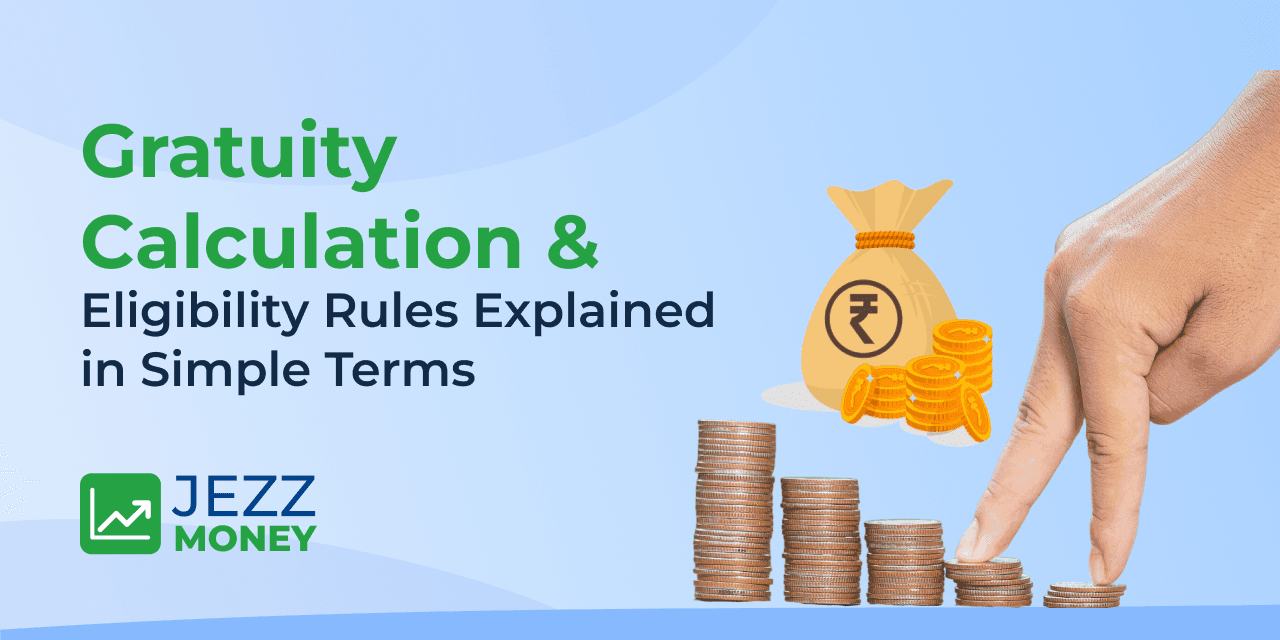Gratuity is determined based on a formula that is set out in the Payment of Gratuity Act, 1972. The formula involves the employee's last salary and the number of years of service. To figure out the exact amount of gratuity, one must first realise that the calculation differs a bit between employees who the Act covers and those who are not.
1. For Employees Covered Under the Gratuity Act
The formula used is:
👉 Gratuity = (Last drawn salary × 15 × Number of completed years of service) / 26
Breakdown of the formula:
- Last drawn salary = Basic Salary + Dearness Allowance (DA).
- 15 = The Act considers 15 days' wages for each completed year of service.
- 26 = Represents the average number of working days in a month (excluding Sundays).
Hence, the 15/26 ratio means the employee is entitled to 15 days' salary for every completed year of service, based on a 26-day working month. This "15/26" in the gratuity calculation essentially converts monthly wages into a per-day equivalent, then multiplies by 15 to compute half a month's salary for each service year.
2. For Employees Not Covered Under the Gratuity Act
The calculation formula slightly changes to:
👉 Gratuity = (15 × Last drawn salary × Number of years of service) / 30
Here, the divisor 30 represents all calendar days in a month, not just working days. Only the Basic + DA portion is considered as the salary for gratuity calculation, making the last drawn salary a crucial factor in determining the final gratuity amount.
Gratuity Calculation After 5 Years
To better understand how much gratuity you receive after 5 years, let's look at a few simple examples using the standard formula under the Payment of Gratuity Act, 1972.
Formula: Gratuity = (Last drawn salary × 15 × Number of completed years of service) / 26
Example 1:
- Basic + DA (Last Drawn Salary): ₹30,000
- Years of Service: 5
- Calculation: (30,000 × 15 × 5) / 26 = ₹86,538 (approx.)
So, if an employee has worked for 5 years and their last drawn Basic + DA is ₹30,000, their gratuity amount will be around ₹86,538.
Example 2:
- Basic + DA: ₹50,000
- Years of Service: 10
- Calculation: (50,000 × 15 × 10) / 26 = ₹2,88,462 (approx.)
Thus, with 10 years of service and a last drawn salary of ₹50,000, the gratuity amount would be approximately ₹2.88 lakh.
| Years of Service |
Last Drawn Salary (Basic + DA) |
Gratuity Amount (Approx.) |
| 5 years |
₹30,000 |
₹86,538 |
| 7 years |
₹40,000 |
₹1,61,538 |
| 10 years |
₹50,000 |
₹2,88,462 |
| 15 years |
₹60,000 |
₹5,19,231 |
These gratuity calculation examples show how the gratuity amount increases with both salary and years of service. Knowing what your gratuity amount could be after 5, 10, or more years helps you plan better for your financial future.
